October 1, 2024 | 18:31 GMT +7
October 1, 2024 | 18:31 GMT +7
Hotline: 0913.378.918
October 1, 2024 | 18:31 GMT +7
Hotline: 0913.378.918

(L to R) Moderator Travis Larkin, owner and CEO of Seafood Exchange; Sree Atluri, director of Devi Seafoods; Gabriel Luna, owner of Glunashrimp; Liem Nguyen, representing Minh Phu; Aris Utama, director of Bumi Menara Internusa. Photo: Pierre Banoori
Speaking at the Global Shrimp Forum earlier this month, Gabriel Luna noted that his homeland was on track to export 900,000 tonnes of shrimp to China alone and likely to export “close to 1.5 million tonnes” in total for the year, following a 30 percent increase in exports compared to 2022 in H1, and an overall increase of 15 percent expected for the full year.
At a time when most shrimp farmers, in particular those in Asia, are making a loss, Luna – who runs Glunashrimp, a company that offers shrimp market advisory services – said that “a large percentage” of Ecuador’s farmers were efficient enough to still be able to make a profit.
According to Luna, despite the terrible market “at these price levels we have certain farmers who are able to make good profits”. And he argued that, while a degree of industry consolidation was likely, many farmers would be able to ride out the storm: noting that they could skip a crop until the price goes above their cost of production threshold.
Ecuador’s shrimp production has increased 22 times since the turn of the century and, according to Luna, this pattern is likely to continue.
He pointed out that while the national average was to harvest two to three tonnes of shrimp per hectare per year, the more intensive farms were able to harvest six tonnes per hectare every three months – in other words 24 tonnes per hectare per year. As more farms adopt such strategies the continued growth of the country’s shrimp sector is only going to continue, he observed.
According to Luna five of the country’s biggest companies were stocking as high as 35 shrimp per m2. While he conceded that these five needed to partial harvest to prevent exceeding the ponds’ carrying capacities he noted that the process of “technification” – ie the installation of automatic feeders and paddlewheels into many farms – mean that there’s potential for the farmers to increase the national average stocking density to 20-25 shrimp per m2.
Ecuador has essentially replaced India as the shrimp export powerhouse – the latter having grown by an impressive CAGR of 19 percent between 2012 to 2019. Since that peak, however, issues with disease have caused a significant decline in the subcontinent. Although its export levels in the first six months of this year were only 1 percent below H1 2022, the 30 percent drop in broodstock imports in that same timeframe is likely to translate into a dramatic decline of production in H2, with experts predicting the country to export in the region of 600,000 tonnes of shrimp in total this year.
As Sree Atluri of Devi Seafoods explained, Indian farmers are reducing stocking densities having been hit by poor prices. He predicted a decline in production of at least 15 percent in the last two quarters of the year.
Devi explained that stocking densities have fallen from 35-45 shrimp per m2 to 15-25 per m2. He added that farmers in India have been cutting down power and feed costs, trying to increase size of their shrimp or change to monodon.
Although there was a small uptick in pricing in August, which is motivating farmers to increase stocking densities, Atluri expects this to be unable to reverse the decline.
On a more positive note, he pointed out that there has been a marked increase in monodon production, with Asian markets absorbing this uptick and overall production of the species is expected to double compared to 2022.
Meanwhile, session chair Willem van der Pijl explained that – judging by imports from Vietnam’s main markets – the country’s shrimp exports fell by 31 percent in Q1 and 39 percent in Q2. According to van der Pijl, an overall decrease of 25 percent is expected for 2023, which would equate to total shrimp exports of 284,000 tonnes.
Liem Nguyen, from Minh Phu, backed up van der Pijl’s forecast, noting that the company – the country’s largest seafood firm – had been processing 25 percent fewer shrimp than last year. However he added that they are anticipating an increase of demand from restaurants and an increase in value-added shrimp.
Van der Pijl then moved on to Indonesia, using data sourced from BKIAM. This pointed to a 19 percent reduction in exports in H1, and a 13 percent reduction expected overall, to 202,000 tonnes. Prices were down, due to the country’s overreliance on the US market.
Aris Utama, from Bumi Menara Internusa, backed up the data: “The decline is real and we feel it,” he lamented.
As Utama pointed out, the country’s focus on intensive farming models generates high production costs, which have been exacerbated by disease issues.
When the $3.50 per kg cost of production is exceeded then big farmers will hold off on their stocking regimes, he observed.
While Utama thinks that “we’ve hit that floor already” in terms of prices, he expects that a bigger crop in Q4 is still highly possible. He also added that it was still possible for farmers to have profit margins as high as 20-30 percent at a $3.50 kg production cost, as they typically sell for $4.50 per kg to processors. Early harvesting was another strategy he pointed to as having potential, noting that farmers can still make money from shrimp as long as they reached 10 g prior to harvest.
Farmers are still making money from shrimp compared to other businesses they can invest in, as long as they are efficient, he argued.
While Ecuador’s increase in production is expected to balance out overall global shrimp production for the year, counteracting imports from Asia. However, in the long-term, those present in the panel discussion were all in agreement that it is in all shrimp producers’ interest to grow global market.
In the words of Travis Larkin, CEO and owner of Seafood Exchange: “We need greater demand throughout the world”.
(the fishsite)
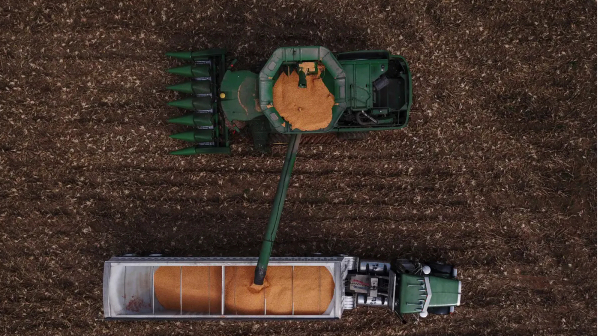
(VAN) 11 percent of the country’s emissions come from agriculture. Will Congress do anything about it?
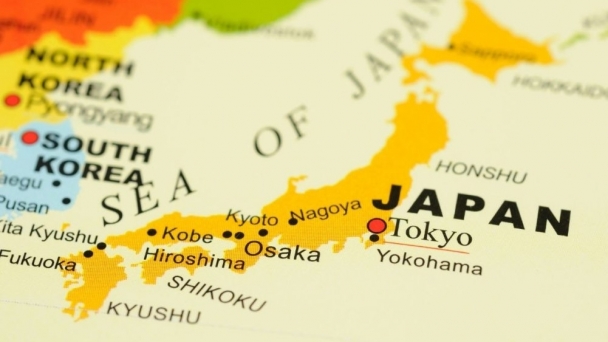
(VAN) With an anticipated 1.08 million tonnes harvested, the wheat estimate is down 5.8% from the 1.14 million tonnes produced in 2023-24 but remains above the 10-year average.
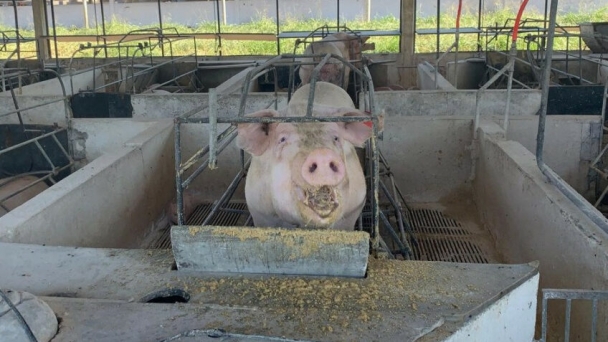
(VAN) Brazilian pig farming is experiencing its best years ever due to a remarkable growth between 2015 and 2023, as highlighted by the 2024 report from the Brazilian Association of Pig Farmers (ABCS).
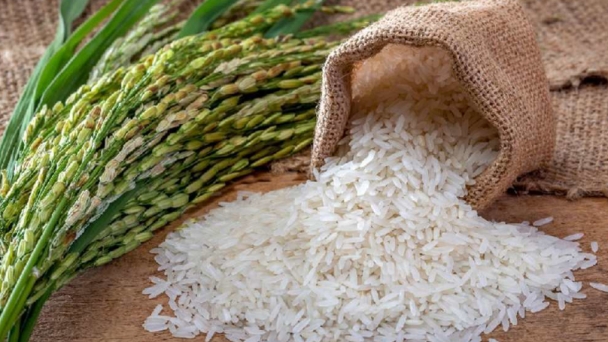
(VAN) Iran is expecting a bumper rice harvest this year amid better government incentives for farmers and agreeable weather conditions.
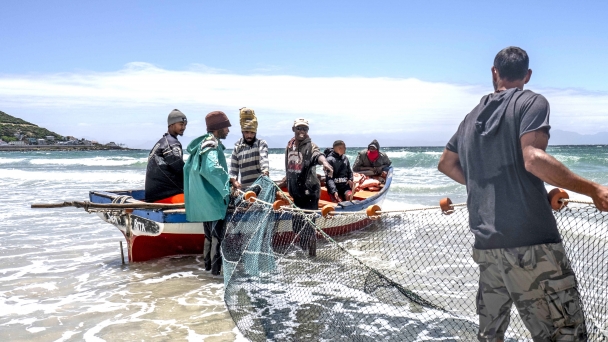
(VAN) FAO urges more investment in a Blue Transformation at G7 Agriculture Ministers’ Meeting.
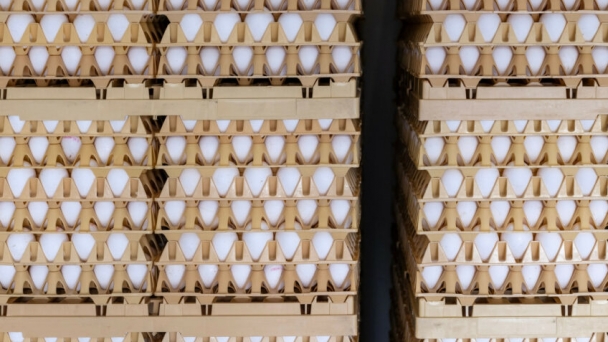
(VAN) The Bulgarian Agricultural Ministry joined forces with farmers in a quest to completely stop the flow of cheap Ukrainian eggs to the country.
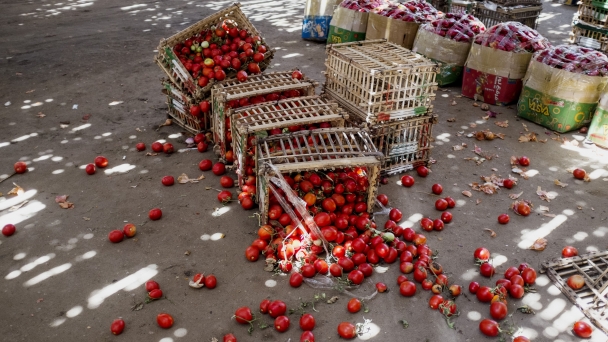
(VAN) International Day of Awareness of Food Loss and Waste global event highlights the critical need for financing and collaboration across the agrifood value chain.